-
 Bitcoin
Bitcoin $89,022.9568
-7.07% -
 Ethereum
Ethereum $2,421.7838
-9.64% -
 Tether USDt
Tether USDt $0.9996
-0.10% -
 XRP
XRP $2.2221
-10.43% -
 BNB
BNB $613.0754
-4.19% -
 Solana
Solana $138.6603
-12.94% -
 USDC
USDC $1.0000
-0.01% -
 Dogecoin
Dogecoin $0.2066
-10.38% -
 Cardano
Cardano $0.6587
-10.26% -
 TRON
TRON $0.2298
-7.25% -
 Chainlink
Chainlink $14.7348
-11.41% -
 Avalanche
Avalanche $21.2831
-10.20% -
 Stellar
Stellar $0.2835
-11.75% -
 Toncoin
Toncoin $3.4619
-5.58% -
 Sui
Sui $2.7915
-12.67% -
 Litecoin
Litecoin $111.8944
-9.29% -
 UNUS SED LEO
UNUS SED LEO $8.9539
-6.49% -
 Shiba Inu
Shiba Inu $0.0...01382
-6.44% -
 Hedera
Hedera $0.1848
-16.53% -
 MANTRA
MANTRA $7.7746
-8.62% -
 Polkadot
Polkadot $4.4088
-6.52% -
 Hyperliquid
Hyperliquid $18.9193
-14.10% -
 Ethena USDe
Ethena USDe $0.9998
-0.07% -
 Bitcoin Cash
Bitcoin Cash $285.4435
-8.77% -
 Dai
Dai $0.9998
-0.01% -
 Bitget Token
Bitget Token $4.3020
-11.47% -
 Uniswap
Uniswap $7.8455
-7.96% -
 Monero
Monero $222.3655
-4.71% -
 NEAR Protocol
NEAR Protocol $2.9241
-12.01% -
 Pepe
Pepe $0.0...07854
-11.79%
How to sell Cosmos (ATOM) coins
To sell Cosmos (ATOM) coins, choose a crypto exchange, deposit ATOM into your account, place a "sell order" specifying the amount to sell and price, wait for it to be filled by a buyer, and withdraw the funds to your wallet.
Dec 09, 2024 at 11:47 am

How to Sell Cosmos (ATOM) Coins
Cosmos (ATOM) is a decentralized blockchain network that enables the creation of interoperable blockchains. ATOM is the native cryptocurrency of the Cosmos network.
Selling ATOM coins is a relatively straightforward process, but there are a few things you need to do before you can get started.
1. Choose a Crypto Exchange
The first step is to choose a crypto exchange that supports ATOM trading. There are a number of different exchanges to choose from, so you'll need to do some research to find one that meets your needs.
Some of the most popular crypto exchanges that support ATOM trading include:
- Binance
- Coinbase
- Kraken
- Huobi
- Gate.io
Once you've chosen an exchange, you'll need to create an account. The account creation process will vary depending on the exchange you choose, but it will generally involve providing your name, email address, and password.
2. Deposit ATOM into Your Exchange Account
Once you've created an account, you'll need to deposit ATOM into your account. You can do this by sending ATOM from another wallet or by purchasing ATOM directly from the exchange.
If you're sending ATOM from another wallet, you'll need to provide the exchange with the address of your wallet. The exchange will then generate a deposit address for you. You can then send ATOM to this address to deposit it into your exchange account.
If you're purchasing ATOM directly from the exchange, you'll need to provide the exchange with your payment information. The exchange will then process your payment and deposit ATOM into your account.
3. Place a Sell Order
Once you have ATOM in your exchange account, you can place a sell order. A sell order is an order to sell a certain amount of ATOM at a certain price.
To place a sell order, you'll need to specify the following information:
- The amount of ATOM you want to sell
- The price you want to sell it at
- The type of order you want to place
There are two types of orders you can place:
- Market order: A market order is an order to sell your ATOM at the current market price. Market orders are executed immediately.
- Limit order: A limit order is an order to sell your ATOM at a specific price. Limit orders are only executed if the market price reaches the specified price.
4. Wait for Your Order to Be Filled
Once you've placed a sell order, you'll need to wait for it to be filled. An order is filled when another trader agrees to buy your ATOM at the price you specified.
The time it takes for an order to be filled will vary depending on the market conditions. If there is a lot of demand for ATOM, your order may be filled quickly. If there is not much demand for ATOM, your order may take longer to be filled.
5. Withdraw Your Funds
Once your order has been filled, you can withdraw your funds from the exchange. To withdraw your funds, you'll need to provide the exchange with the address of your wallet. The exchange will then send your funds to this address.
Withdrawing funds from an exchange is a relatively simple process, but it may take some time for the transaction to be processed. The processing time will vary depending on the exchange you choose.
Disclaimer:info@kdj.com
The information provided is not trading advice. kdj.com does not assume any responsibility for any investments made based on the information provided in this article. Cryptocurrencies are highly volatile and it is highly recommended that you invest with caution after thorough research!
If you believe that the content used on this website infringes your copyright, please contact us immediately (info@kdj.com) and we will delete it promptly.
- Bitcoin (BTC) Price Prediction: Will March Trigger a Bullish Comeback?
- 2025-02-25 21:00:29
- The Last Word: Entrepreneurial Framework Conditions in Japan
- 2025-02-25 21:00:29
- Laser Digital AM Launches Fund with Exposure to NEAR Token
- 2025-02-25 21:00:29
- The Aptos Ecosystem Keeps Making Strides in the Blockchain Space
- 2025-02-25 21:00:29
- Pi Coin Price Prediction 2023: Will PI Recover After Sharp 60% Decline?
- 2025-02-25 21:00:29
- Official Trump Price Shows Signs Of A Likely Rebound
- 2025-02-25 21:00:29
Related knowledge
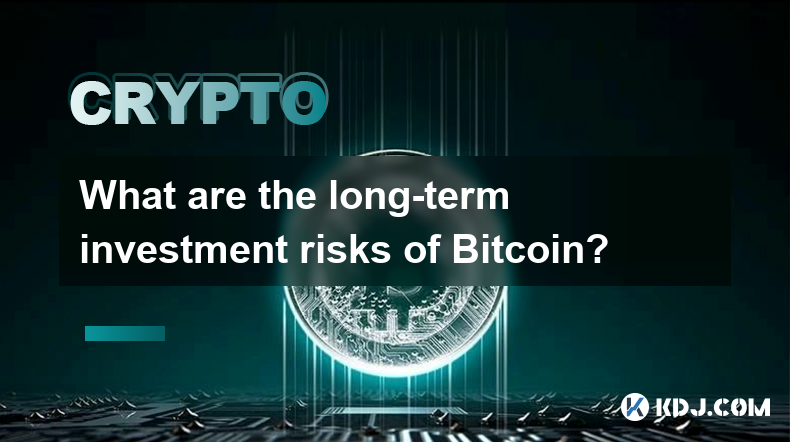
What are the long-term investment risks of Bitcoin?
Feb 22,2025 at 05:30pm
Key PointsVolatility and price fluctuationsRegulatory uncertaintySecurity risksCompetition from altcoinsMarket manipulation and scamsTransaction feesEnvironmental concernsLong-Term Investment Risks of BitcoinVolatility and Price FluctuationsBitcoin's high volatility is a double-edged sword. While it has the potential to generate substantial returns, it ...
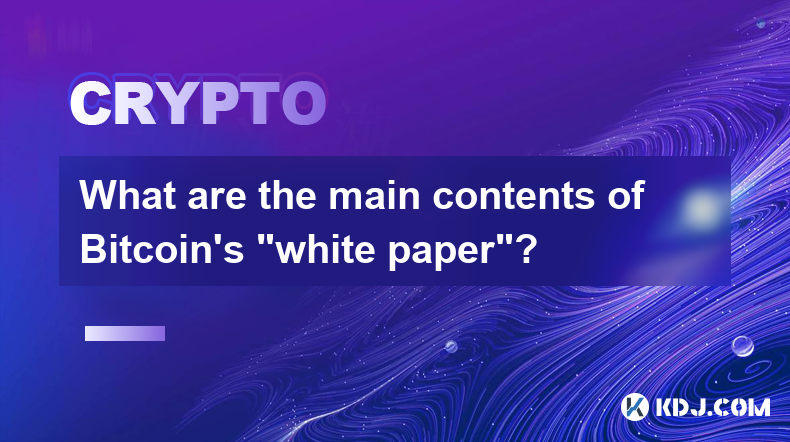
What are the main contents of Bitcoin's "white paper"?
Feb 21,2025 at 04:36am
Key Points:Understanding Bitcoin's Genesis: The White Paper's IntroductionA Decentralized Digital Currency: Bitcoin's Core ConceptBlockchain Technology: The Foundation of Bitcoin's Immutable LedgerProof-of-Work: Securing Bitcoin's NetworkThe Design of Bitcoin's Currency: Issuance, Scarcity, and DivisibilityBitcoin's Potential Applications and Future Pro...

How does Bitcoin's distributed ledger ensure consistency?
Feb 22,2025 at 10:06pm
Key Points:Bitcoin employs a distributed ledger, also known as a blockchain, to maintain a tamper-proof and consistent record of transactions.The blockchain is a decentralized network of computers that collectively validate and store transaction data.Bitcoin's distributed ledger ensures consistency through consensus mechanisms and cryptographic algorith...
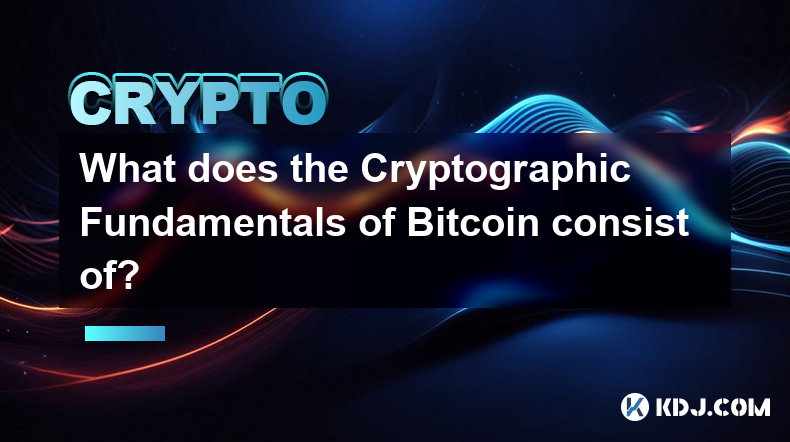
What does the Cryptographic Fundamentals of Bitcoin consist of?
Feb 21,2025 at 12:06pm
Key PointsUnderstanding the cryptographic algorithms used in BitcoinFamiliarization with the Bitcoin blockchain and its underlying mechanicsExamination of the security measures that protect Bitcoin from attackAnalysis of the decentralized nature of Bitcoin and its implicationsDiscussion of the scalability and transaction fee issues associated with Bitco...
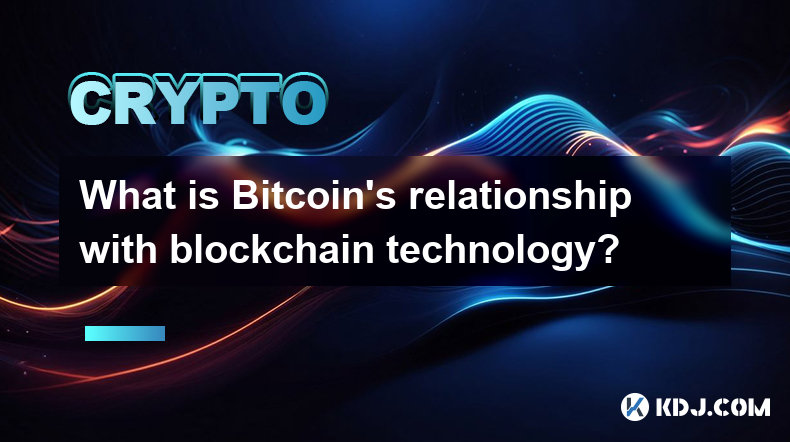
What is Bitcoin's relationship with blockchain technology?
Feb 22,2025 at 07:00pm
Bitcoin's Intertwined Relationship with Blockchain TechnologyKey Points:Definition of blockchain technology and its decentralized natureBitcoin's utilization of blockchain for secure and immutable transactionsThe role of blockchain in verifying and confirming transactionsEvolution of blockchain technology beyond Bitcoin's cryptocurrency applicationsUnde...
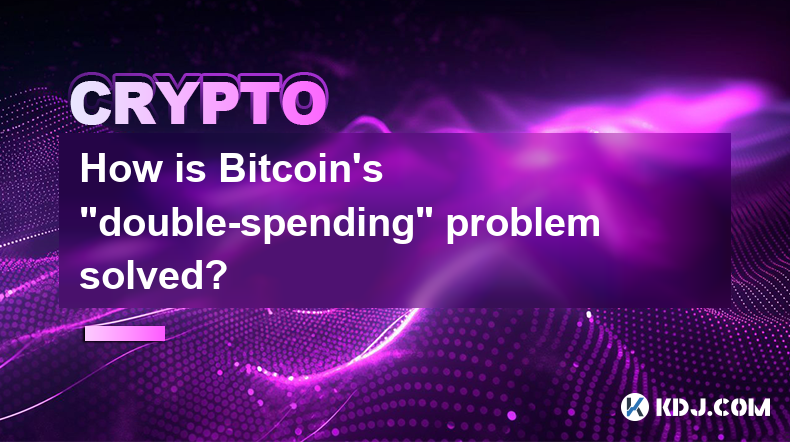
How is Bitcoin's "double-spending" problem solved?
Feb 23,2025 at 02:54am
Key Points:The double-spending problem refers to the potential for a digital currency transaction to be reversed, allowing the same funds to be spent multiple times.Bitcoin solves this problem through the use of a decentralized blockchain, a public ledger that records all transactions permanently and securely.The immutability and transparency of the blo...

What are the long-term investment risks of Bitcoin?
Feb 22,2025 at 05:30pm
Key PointsVolatility and price fluctuationsRegulatory uncertaintySecurity risksCompetition from altcoinsMarket manipulation and scamsTransaction feesEnvironmental concernsLong-Term Investment Risks of BitcoinVolatility and Price FluctuationsBitcoin's high volatility is a double-edged sword. While it has the potential to generate substantial returns, it ...

What are the main contents of Bitcoin's "white paper"?
Feb 21,2025 at 04:36am
Key Points:Understanding Bitcoin's Genesis: The White Paper's IntroductionA Decentralized Digital Currency: Bitcoin's Core ConceptBlockchain Technology: The Foundation of Bitcoin's Immutable LedgerProof-of-Work: Securing Bitcoin's NetworkThe Design of Bitcoin's Currency: Issuance, Scarcity, and DivisibilityBitcoin's Potential Applications and Future Pro...

How does Bitcoin's distributed ledger ensure consistency?
Feb 22,2025 at 10:06pm
Key Points:Bitcoin employs a distributed ledger, also known as a blockchain, to maintain a tamper-proof and consistent record of transactions.The blockchain is a decentralized network of computers that collectively validate and store transaction data.Bitcoin's distributed ledger ensures consistency through consensus mechanisms and cryptographic algorith...

What does the Cryptographic Fundamentals of Bitcoin consist of?
Feb 21,2025 at 12:06pm
Key PointsUnderstanding the cryptographic algorithms used in BitcoinFamiliarization with the Bitcoin blockchain and its underlying mechanicsExamination of the security measures that protect Bitcoin from attackAnalysis of the decentralized nature of Bitcoin and its implicationsDiscussion of the scalability and transaction fee issues associated with Bitco...

What is Bitcoin's relationship with blockchain technology?
Feb 22,2025 at 07:00pm
Bitcoin's Intertwined Relationship with Blockchain TechnologyKey Points:Definition of blockchain technology and its decentralized natureBitcoin's utilization of blockchain for secure and immutable transactionsThe role of blockchain in verifying and confirming transactionsEvolution of blockchain technology beyond Bitcoin's cryptocurrency applicationsUnde...

How is Bitcoin's "double-spending" problem solved?
Feb 23,2025 at 02:54am
Key Points:The double-spending problem refers to the potential for a digital currency transaction to be reversed, allowing the same funds to be spent multiple times.Bitcoin solves this problem through the use of a decentralized blockchain, a public ledger that records all transactions permanently and securely.The immutability and transparency of the blo...
See all articles

















































































